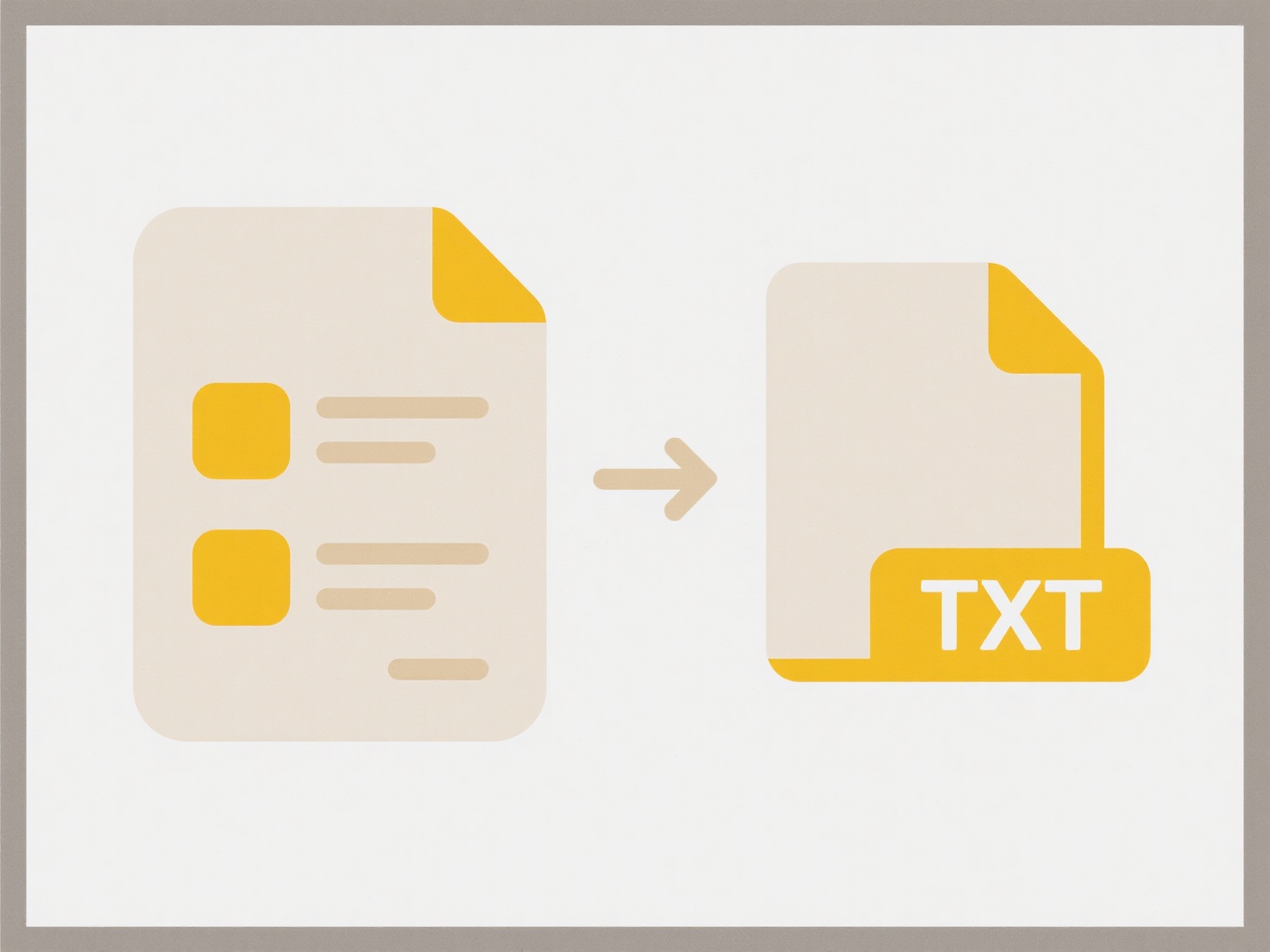
Reverting a file extension means changing the letters after the final dot in a filename (like .txt, .jpg, .docx) back to the format the file's actual content requires. This is necessary if the extension was accidentally changed or removed, breaking the association between the file and the programs designed to open it. Changing the extension doesn't convert the file data; it simply tells your operating system what type of data it should expect and which application to use by default.

For example, if you rename photo.jpg to photo.txt, trying to open photo.txt might launch a text editor showing garbled characters, not an image viewer. To revert, you would change photo.txt back to photo.jpg. Similarly, changing a Word document report.docx to report.zip would cause it to open in a zip utility incorrectly. Fixing the extension to .docx allows Word to open it normally. This action is performed using file renaming in your computer's File Explorer (Windows), Finder (Mac), or terminal.
The main advantage is quickly restoring functionality without needing complex conversion tools. However, this only works if the file's internal data is still intact and matches the original format; changing extensions doesn't repair corrupted files. Critically, if the file was converted before the extension changed (e.g., an image was intentionally saved as a PDF but still has the .jpg extension), renaming won't restore it. Always ensure you know the original file type before reverting the extension.
How do I revert a file back to its original extension?
Reverting a file extension means changing the letters after the final dot in a filename (like .txt, .jpg, .docx) back to the format the file's actual content requires. This is necessary if the extension was accidentally changed or removed, breaking the association between the file and the programs designed to open it. Changing the extension doesn't convert the file data; it simply tells your operating system what type of data it should expect and which application to use by default.

For example, if you rename photo.jpg to photo.txt, trying to open photo.txt might launch a text editor showing garbled characters, not an image viewer. To revert, you would change photo.txt back to photo.jpg. Similarly, changing a Word document report.docx to report.zip would cause it to open in a zip utility incorrectly. Fixing the extension to .docx allows Word to open it normally. This action is performed using file renaming in your computer's File Explorer (Windows), Finder (Mac), or terminal.
The main advantage is quickly restoring functionality without needing complex conversion tools. However, this only works if the file's internal data is still intact and matches the original format; changing extensions doesn't repair corrupted files. Critically, if the file was converted before the extension changed (e.g., an image was intentionally saved as a PDF but still has the .jpg extension), renaming won't restore it. Always ensure you know the original file type before reverting the extension.
Quick Article Links
Should I include author or department names in file names?
Should I include author or department names in file names? Including identifiers like author names or department names...
Why is the content missing after opening the file?
Files may appear empty after opening due to three primary causes. Content might be corrupted from transfer errors or sof...
What is a .mobi file used for?
A .mobi file is a format used for digital eBooks, primarily associated with Amazon Kindle devices. It's designed to cont...